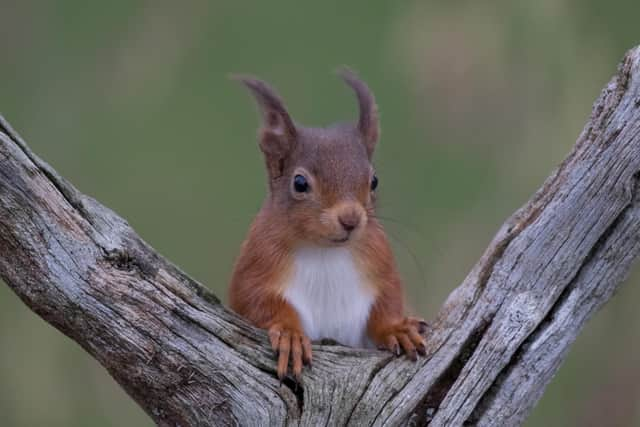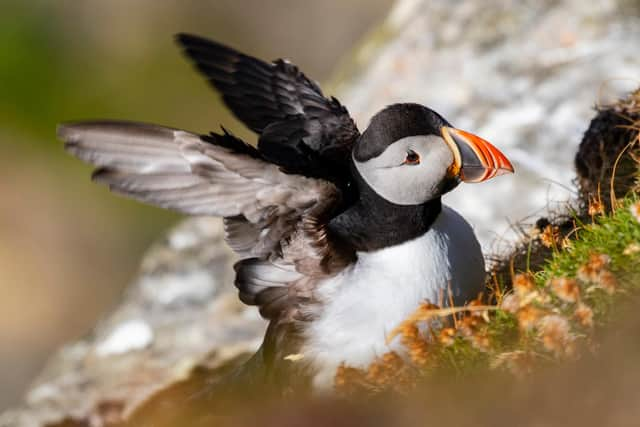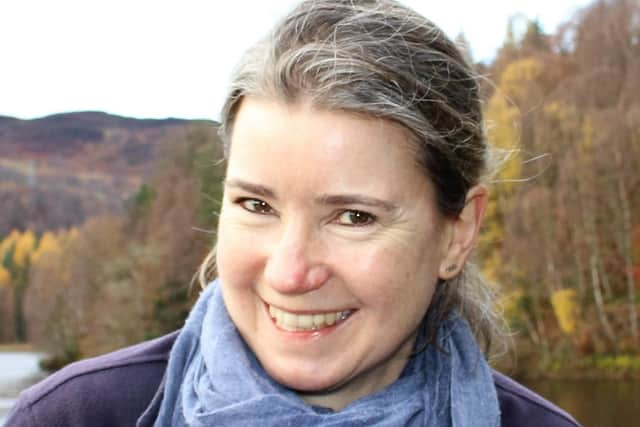Urgent calls for legally binding targets to save nature in Scotland
Almost half of all Scottish species have decreased in number over the past 50 years, with one in nine facing extinction.
Now more than 35 organisations have united to call for Scottish ministers to set new legally binding targets by 2022 to halt the trend and ensure that nature is on the road to recovery by 2030.
Advertisement
Hide AdAdvertisement
Hide AdIn an open letter to The Scotsman, members of the Scottish Environment Link coalition wrote: “The nature and climate emergencies go hand in hand and must be tackled together.
“Restoring our natural habitats and increasing our wildlife populations on land and at sea will help to limit the effects of climate change, helping to safeguard Scotland’s nature and its people and contributing to global efforts to protect the planet for everyone.
“Scotland’s ambitious, world-leading climate targets have been vital in mobilising action to reduce greenhouse gas emissions across all sectors of our economy and society.
“Now is the time to be just as ambitious for our nature.”


The letter has been signed by a diverse range of groups, including the National Trust for Scotland, Association for the Protection of Rural Scotland, John Muir Trust, Scottish Ornithologists’ Club, Stop Climate Chaos Scotland, WWF Scotland, RSPB Scotland, Trees for Life, Ramblers Scotland, Open Seas, Scottish Wildlife Trust and Bumblebee Conservation Trust.
Deborah Long, chief officer for Scottish Environment Link, said: “The Scottish nature we all love is in real peril.
“If we don’t act now it may soon be too late to save some of our precious and iconic creatures and plants.
“We’re calling on the Scottish government to introduce clear, legally binding targets by next year to stop the loss of Scotland’s nature and set it on a path to recovery by 2030.


“In other words, by 2030 the state of nature has to stop getting worse and start getting better.
“Now is not the time for vague commitments.
Advertisement
Hide AdAdvertisement
Hide Ad“We need targets determined by science that will increase wildlife populations and their spread across Scotland, on land and at sea.


“As well as driving up wildlife numbers, we need targets to increase the extent and the health of our unique natural habitat – for example by restoring natural peatlands, kelp forests and machair that have been badly damaged over many decades.
“Scotland’s climate targets have been able to mobilise action across society because they’re legally binding, with regular reviews built in which mean the government has to keep pushing ahead. That’s what we need for nature.”
The most recent State of Nature Scotland report shows that 49 per cent of Scottish species have decreased since 1970, while 28 per cent have increased.
Analysis reveals nature is changing rapidly, with 62 per cent of species showing strong changes.
Of the 6,413 species found in Scotland that have been assessed, 11 per cent are classified as threatened with extinction.
Species showing dramatic declines include birds such as puffins, kittiwakes and curlews and mammals such as red squirrels, pine martens and wildcats.
Marine creatures including flapper skate, bottlenose dolphins, flame shells and freshwater pearl mussels are also under threat in Scotland. as well as many plants, lichens, insects and amphibians.
A message from the Editor:
Thank you for reading this article. We’re more reliant on your support than ever as the shift in consumer habits brought about by coronavirus impacts our advertisers.
If you haven’t already, please consider supporting our trusted, fact-checked journalism by taking out a digital subscription.
Comments
Want to join the conversation? Please or to comment on this article.
